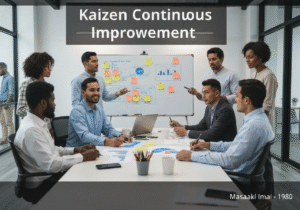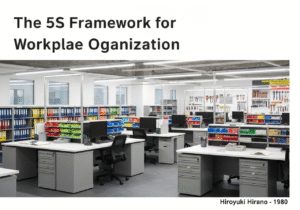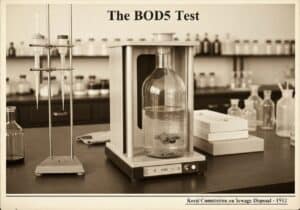Companies can actively manage and extend a product’s 生命周期, particularly during the maturity and decline stages, to maximize its profitability. Common strategies include market development (finding new markets for existing products), market penetration (increasing share in existing markets), product development (introducing new features or versions), and diversification (developing new products for new markets). These prevent premature decline. Note: this approach is based on the historical sales-oriented Product Life Cycle. Refer to our definition of modern Product Life Cycle so as many posts on this site (including ideation, manufacturing, maintenance, recycling, upcycling …).




























